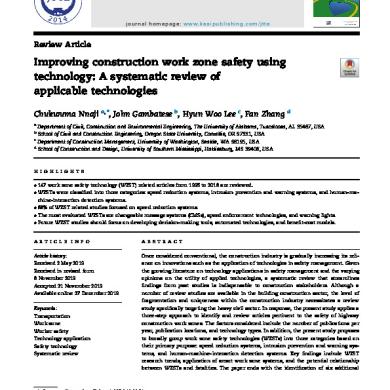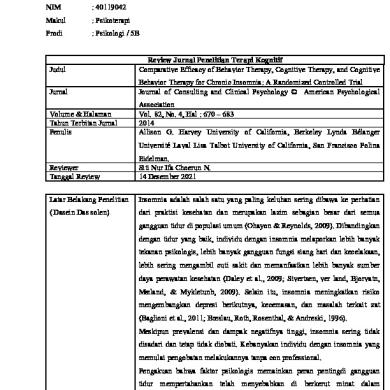
jurnal internasional 3
- Uploaded by: Ilham Nur Azizi
- Size: 1.2 MB
- Type: PDF
- Words: 10,426
- Pages: 15

* The preview only shows a few pages of manuals at random. You can get the complete content by filling out the form below.

Ilham Nur Azizi - 1.2 MB

Ilham Nur Azizi - 683.2 KB

Ilham Nur Azizi - 1.2 MB

Ilham Nur Azizi - 963.5 KB

Wulandira - 327 KB

Risma Regista - 348.7 KB

Andrean Heryanto - 2.7 MB

falensyaaa07 - 151.8 KB

Ifaa Khoirunnisa - 104.7 KB

Tiara Ayu Dwi Novitasari - 680.8 KB

Abriani Santi - 1.2 MB

anisa rachmita - 95.8 KB
© 2025 VDOCS.RO. Our members: VDOCS.TIPS [GLOBAL] | VDOCS.CZ [CZ] | VDOCS.MX [ES] | VDOCS.PL [PL] | VDOCS.RO [RO]